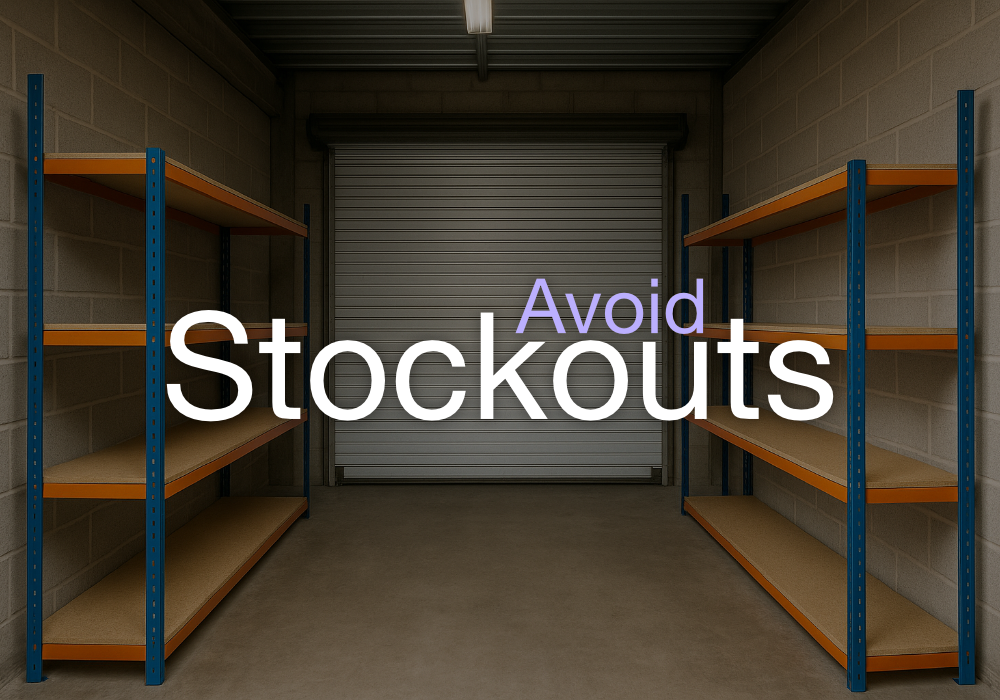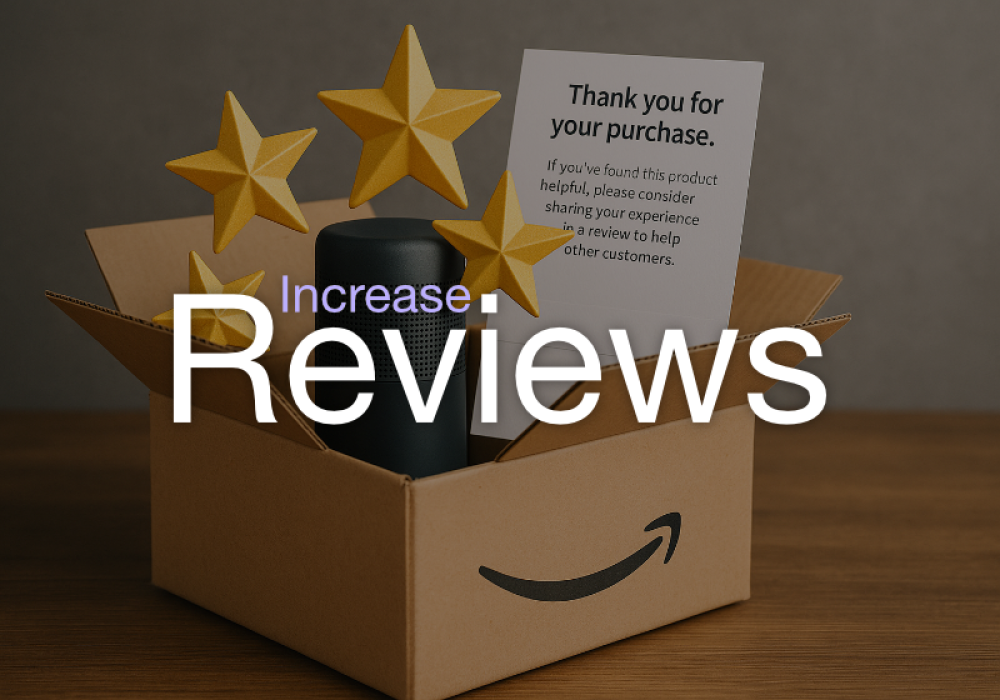Amazon Prime Day and other high-volume events like Black Friday and Cyber Monday represent some of the biggest opportunities for sellers to drive sales, boost visibility, and win new customers. But without proper preparation, these events can also cause logistical headaches, stockouts, or missed opportunities.
This guide walks through exactly how to prepare your Amazon listings, inventory, fulfilment strategy, and campaigns ahead of time — plus best practices to ensure you’re ready to maximise results on the day.
Why preparation matters for major Amazon events
Prime Day and similar events see a dramatic spike in traffic and conversions. However, only listings that are fully optimised, well-stocked, and competitively priced will benefit from the surge.
Being unprepared can result in:
- Stockouts that harm your listing’s visibility and ranking
- Delayed fulfilment and negative reviews
- Unoptimised listings that fail to convert
- Missed ad opportunities due to lack of planning
Success depends on early preparation across your inventory, product pages, advertising, and customer support.
What to prepare before the event
Inventory and stock management
The first priority is making sure you have enough stock — but not too much.
- Forecast demand based on past sales and category performance
- Use historical data to estimate the lift during similar past events (Prime Day, BFCM, etc.)
- Factor in lead times if you're restocking or importing
- Avoid overstocking on slow-moving SKUs just for the sake of participating
🟣 If you're using Amzigo, the Product Analysis section shows your estimated days of inventory left, historical sales patterns, and restock recommendations — helping you make smart, data-led decisions.
Listing optimisation
Before the event, review every element of your product listings:
- Title: Make sure it’s clear, keyword-rich, and within Amazon’s guidelines
- Images: High-resolution photos (including lifestyle and infographic images) are essential for conversion
- Bullet points and descriptions: Highlight benefits, use clear formatting, and front-load value
- A+ Content: Add branded visuals and comparison charts if you're brand registered
- Pricing: Consider adding strike-through pricing or a coupon for added urgency
Check that your listings comply with Amazon’s content policies and reflect the real value of your product. Shoppers compare options fast — strong visuals and clear information make the difference.
Fulfilment readiness
Whether you fulfil yourself or use FBA, make sure your fulfilment can withstand the volume.
- For FBA sellers: Send stock to fulfilment centres at least 3–4 weeks in advance
- For FBM sellers: Ensure your dispatch time, carrier capacity, and handling workflows are ready
- Test returns/refunds process: These often increase post-sale
Amazon penalises late dispatches, so make sure your performance metrics will hold steady even at peak demand.
Advertising and promotional planning
Plan and schedule ads well in advance:
- Sponsored Products: Focus on your bestsellers and high-converting ASINs
- Sponsored Brands or Stores: Create brand awareness with cohesive campaigns
- Coupons and deals: Add urgency and appeal — set these up ahead of time as approvals can take days
- Budget buffer: Increase ad budgets during sale periods to avoid premature pausing
Prime Day buyers are highly purchase-ready, so visibility matters. Start building momentum a few days before the event — many shoppers browse in advance.
Best practices for success during sales events
Start early
Most high-performing sellers prepare 4–6 weeks ahead of Prime Day. Amazon’s own deadlines for Lightning Deals, coupons, and inventory cutoff dates can fall well before the actual event.
Don’t wait until the week of — optimisation, ad planning, and fulfilment should be done well in advance.
Focus on hero products
It’s tempting to try and promote your full catalogue, but this can dilute your impact. Instead:
- Prioritise top sellers and high-margin SKUs
- Optimise 3–5 of your best listings in detail
- Allocate your ad budget around your highest-converting products
Prepare customer service and post-sale follow-up
Expect a rise in customer queries during big events. Stay responsive, even if using FBA.
After the event:
- Monitor reviews and feedback closely
- Use compliant follow-up emails to check customer satisfaction and address concerns
- Analyse what worked to improve for the next event
Consistency across service, delivery, and messaging helps build long-term loyalty.
Learn and improve
After each sale event, take time to review:
- Inventory sell-through rate
- Conversion metrics
- Ad performance
- Review velocity and feedback trends
Tools like Amzigo’s dashboards can help visualise these trends quickly, giving you a head start for the next event.
Conclusion
Prime Day, Black Friday, and other Amazon sale events offer unmatched potential — but they reward sellers who are ready. Inventory, listings, advertising, and fulfilment must all work together to deliver a seamless experience at scale.
By preparing in advance, optimising your top products, and using tools to track and adapt, you’ll be positioned to make the most of every opportunity these high-traffic events offer.
Looking to take your Amazon business to the next level?
Discover how Amzigo's advanced features, like our Automated Review Centre, Product Analysis, and Inventory Management, can transform your selling experience. Check out our features and try it for free!



